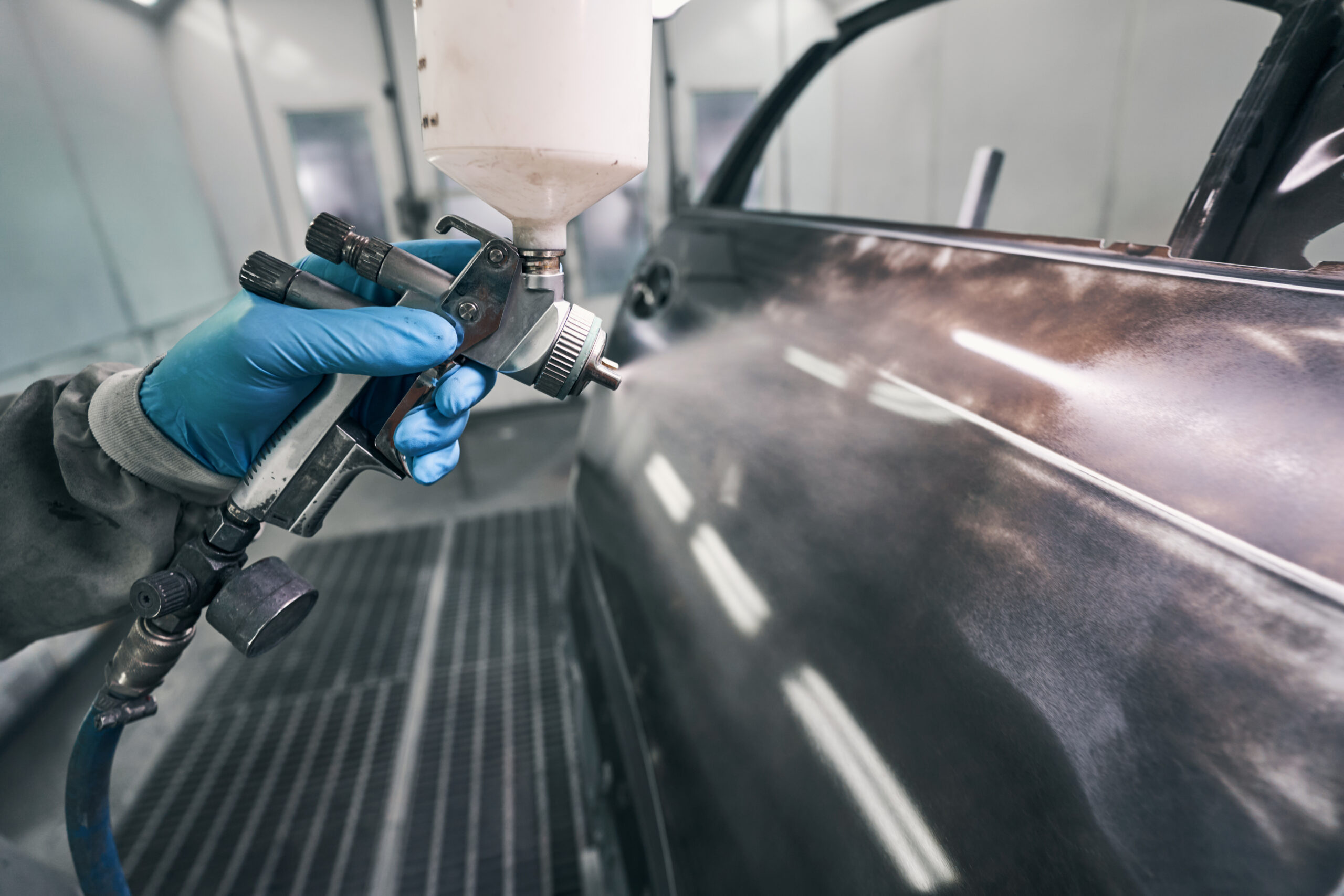The automotive world is no stranger to transformation. From electrification and autonomy to connected services and advanced driver-assistance systems (ADAS), each innovation has reshaped what it means to build, drive, and repair vehicles. Amazon Web Services (AWS) is now entering the fast lane with generative AI solutions designed to reinvent the in-vehicle experience. But what does this mean for the industry—especially those in repair, diagnostics, and aftermarket services?
Generative AI Meets the Dashboard
According to AWS’s recent announcement, generative AI is being used to power a new wave of personalised, voice-driven, and predictive experiences inside the vehicle. This isn’t just Alexa in a new wrapper. Instead, think of AI copilots that understand driver intent, learn preferences, adapt to the environment, or suggest services in real-time.
Imagine this:
A customer enters their vehicle and is greeted by name.
The AI notes their calendar and the weather and adjusts route planning and cabin temperature accordingly.
When a mechanical issue is detected, the system not only alerts the driver but also books a repair with a trusted local garage—including pre-authorisation from their insurer.
This is the kind of intelligent orchestration AWS is promising through its ecosystem of tools, such as Amazon Bedrock and Amazon SageMaker, combined with automaker-specific integrations.
OEMs, Tier 1s, and the API Revolution
AWS’s strategy hinges on opening infrastructure and APIs to automakers and their Tier 1 suppliers. The goal? To allow seamless development of in-vehicle experiences that aren’t just infotainment systems but core components of the vehicle’s operating logic.
This has massive implications:
Data Ownership & Monetisation: Manufacturers can build proprietary user experiences while retaining control over vehicle and driver data.
Post-Sale Upselling: AI-driven systems can directly suggest subscriptions, maintenance packages, or partner services through the vehicle UI.
Lifecycle Intelligence: Vehicle usage, driving behaviour, and service history can be continuously analysed to optimise performance and repairability.
What This Means for UK Repairers & Service Businesses
These innovations seem confined to big automakers. However, the ripple effects are very real for independent repair shops, insurers, and diagnostics specialists in the UK.
1. Smarter Diagnostics = More Predictive Workflows
With AI monitoring vehicles in real-time, fault codes and anomalies can be analysed long before they become breakdowns. This means more customers show up with clearly identified repair needs, a shift from reactive to predictive maintenance.
2. Integration Pressure on Repair Tools
Expect growing demand for aftermarket tools that interface with these next-gen vehicle systems. Tools that connect to OEM cloud APIs, understand AI-generated fault reports, or synchronise with OEM service booking systems will dominate.
3. Insurer Alignment & Workflow Automation
AI will increasingly handle triage, estimate generation, and insurer pre-approval automatically. Repairers plugged into this ecosystem will see faster job allocation and smoother claims processing.
4. Cybersecurity & Access Controls
Access controls will tighten with AI now embedded deep into the car’s operational stack. Expect stricter guidelines from OEMs, possibly enforced by UK regulators, about who can interface with these systems and how.
A New Battleground for Brand Loyalty
AWS’s generative AI isn’t just about convenience—it’s about reshaping customer relationships. The in-vehicle assistant becomes the brand ambassador, maintenance scheduler, and even upsell agent. For automakers, this could become the key to retaining customers post-warranty. For independent shops, it raises an important question: How do you stay relevant in a world where AI might route service traffic away from you?
The answer lies in integration, transparency, and specialisation:
Integration: Connect your services to OEM or third-party AI ecosystems.
Transparency: To remain a recommended partner, provide transparent, trusted pricing and excellent reviews.
Specialisation: Lean into the repairs OEMs struggle with or refuse to support directly (e.g., classic car restoration, EV battery reconditioning).
Final Thought: The Tools May Be Cloud-Based, But the Impact is Ground-Level
AWS is betting big that generative AI will be the new fuel of the automotive industry’s software-defined future. This shift is both a challenge and a golden opportunity for the UK aftermarket sector. Those who adopt early, train their teams, and invest in interoperable tools will survive this transformation and lead it.
In this new era, it won’t just be the cars that need calibrating; it’ll also be the businesses behind them.




